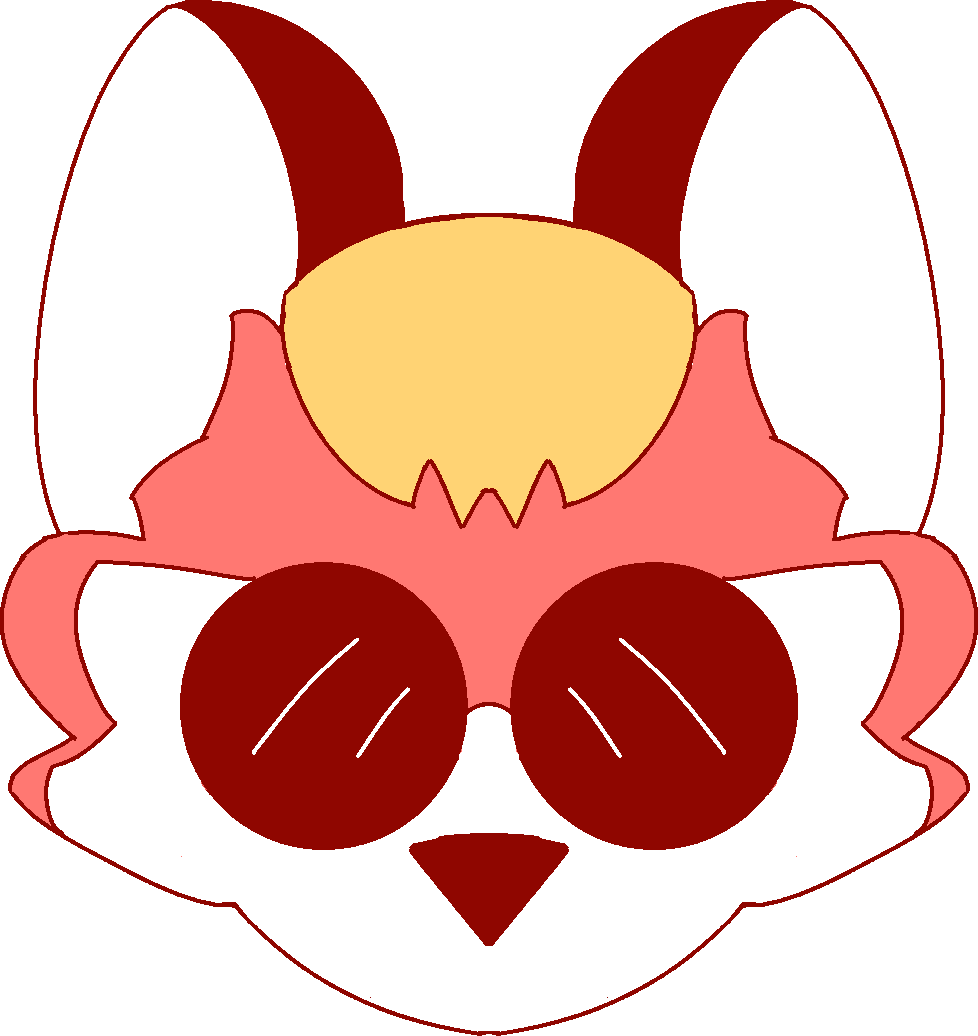Try the new version of Thunderbird (it's now my email & calendar client of choice!): https://mzla.link/tb-flatpak
Grab a brand new laptop or desktop running Linux: https://www.tuxedocomputers.com/en#
👏 SUPPORT THE CHANNEL:
Get access to a weekly podcast, vote on the next topics I cover, and get your name in the credits:
YouTube: https://www.youtube.com/@thelinuxexp/join
Patreon: https://www.patreon.com/thelinuxexperiment
Liberapay: https://liberapay.com/TheLinuxExperiment/
Or, you can donate whatever you want: https://paypal.me/thelinuxexp
👕 GET TLE MERCH
Support the channel AND get cool new gear: https://the-linux-experiment.creator-spring.com/
🎙️ LINUX AND OPEN SOURCE NEWS PODCAST:
Listen to the latest Linux and open source news, with more in depth coverage, and ad-free! https://podcast.thelinuxexp.com
🏆 FOLLOW ME ELSEWHERE:
Website: https://thelinuxexp.com
Mastodon: https://mastodon.social/web/@thelinuxEXP
Pixelfed: https://pixelfed.social/TLENick
PeerTube: https://tilvids.com/c/thelinuxexperiment_channel/videos
Discord: https://discord.gg/mdnHftjkja
Timecodes:
00:00 Intro
00:38 Sponsor: Thunderbird
01:26 Mint 21.3: still the old LTS
02:37 Wayland session: pretty good!
07:10 Wayland + Nvidia: no extra issues
08:20 Gaming: works as expected
09:51 Other Changes to Mint 21.3
12:11 Parting Thoughts
13:46 Sponsor: Tuxedo
14:56 Support the channel
#Linux #linuxmint #linuxdistro #wayland #linuxdesktop
Mint 21.3 is still based on Ubuntu 22.04 and its super old kernel, version 5.15. You do get the Mesa drivers version 23, but you don't get the latest Nvidia drivers either, you're still on 535.
So, you can select that new Wayland session from the login screen. I tested this on a spare laptop that uses an Intel Xe integrated GPU, and also has a dedicated Nvidia GPU.
At first glance, everything seems to work ok, but it's an experimental session, and it's missing a few things.
OBS, for example, has no source for the display: Cinnamon doesn't seem to support the screen sharing protocol through pipewire, so OBS has nothing to display here. You won't be sharing your screen to anyone just yet.
Another issue I encountered is the lack of any sudo graphical prompt: anytime I needed to install a package or update the system, I had to use the command line.
I also got some inconsistencies in the place where menus appeared, there were also a few things that I couldn't find, like changing the keyboard layout in the Wayland session, the "layouts" tab doesn't appear in the settings where it should be. The gestures of Cinnamon also don't work here for now, you can enable them, but they won't do anything.
The hot corners did work though, with their nice animations and features, but there were some weird graphical things happening. Some settings pages also seemed to have some sort of infinite scroll and didn't stop at their own content, which was a bit weird.
After that, I tried the Wayland session on Nvidia, and, all the problems I had experienced previously were still there, obviously, because they all are missing features in that experimental session, so no reason to expect them to work better here. But I also didn't get any other issue that I didn't see in the wayland session with the Mesa drivers.
So just as a little experiment, I also decided to run a game in the Wayland session, namely Warhammer 40K Mechanicus:
- Wayland + Intel: 25-32 FPS
- Wayland + Nvidia: 60-65 FPS
- X11 + Intel: 32-37 FPS
- X11 + Nvidia: 65-75 FPS
Ok, so now, let's talk about the other changes in Linux Mint 21.3. In terms of apps updates, Hypnotix, the TV watching app now lets you set channels as favorites. You can also create your own custom TV channels if you want.
Cinnamon will also now let you download Actions. These are add-ons for the file manager, that will appear in the right click context menu, letting you do, well, custom actions.
Warpinator, the file sharing app now lets you connect to a device manually by just entering its IP address of scanning a QR code. The Sticky Notes app can now be managed by DBus, meaning you can manage notes using scripts, and the bulk rename tool of Mint now supports drag and drop and thumbnails.
As per the desktop itself, you can now use 75% fractional scaling on X11 if you want that, you can also set keybinds to change the window opacity again, you can disable stylus buttons if you use that sort of hardware, and gestures got a bit better with the ability to set a gesture to zoom in on the desktop.


Wayland isn't a window manager or a desktop environment, it's a display server protocol. I don't personally use Mint, but I skimmed through the video and it seems if you update to the latest version of Mint, you can use the Wayland session, but it's still very work in progress and you should probably just stick to the X session for the time being until they work everything out and get it to a more usable state.
And for the difference between a window manager and a desktop environment: A window manager is pretty self explanatory... it manages windows! It's what handles the positioning, sizing, etc. of windows (simple explanation). Examples of a window manager are things like i3wm, swaywm, bspwm, awesomewm, KWin (KDE Plasma's window manager), Mutter (GNOME's window manager), etc.
A desktop environment is essentially a "suite" of things (including a window manager!) that most people would expect from a computer, things like a status bar/task bar, control panels, etc. Examples of a desktop environment are things like KDE Plasma, GNOME, MATE, Xfce, Cinnamon, Budgie, etc.
I simplified things quite a bit, but that's the jist of it. If you want to get into semantics, technically KWin and Mutter are also Wayland compositors, but that's a whole other can of worms. [insert your favorite search engine's name] is your friend if you want to learn more from someone who can probably explain things way better than I can, but hopefully I was able to somewhat help clarify the differences, lol.